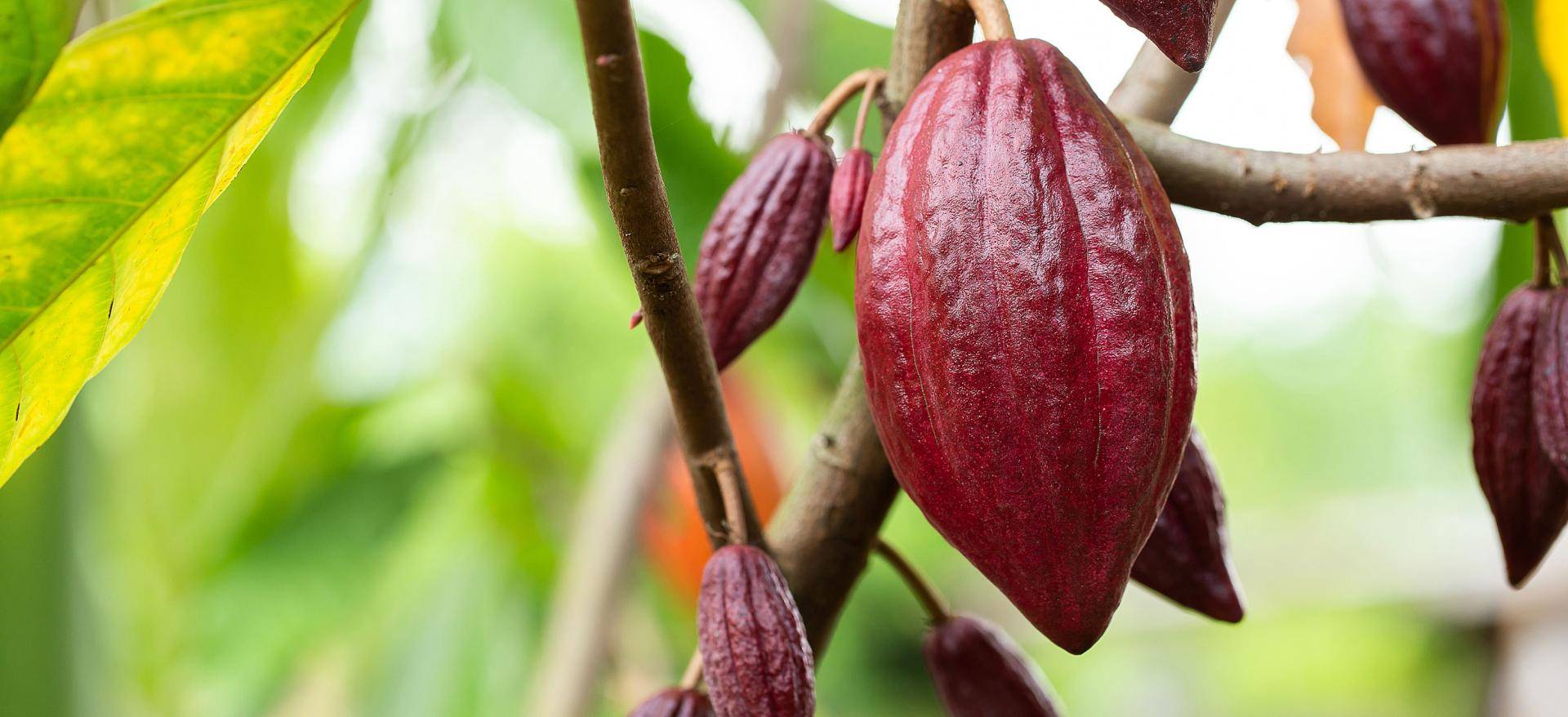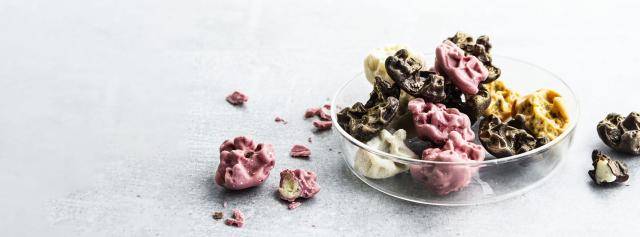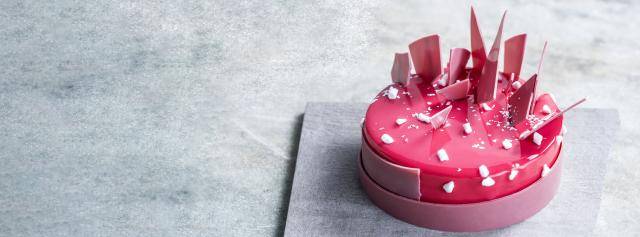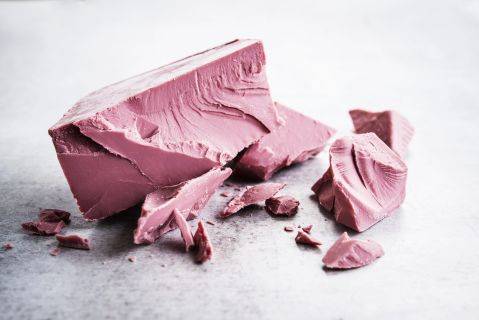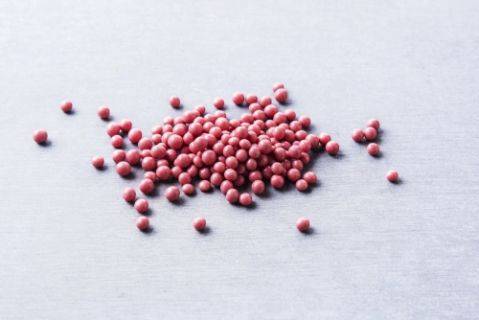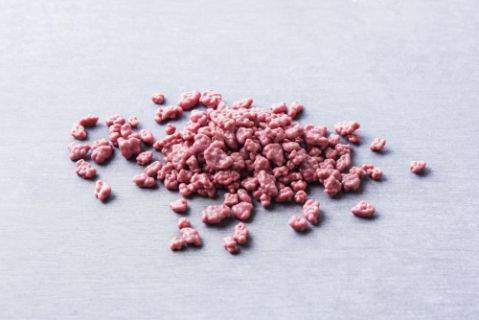How ruby chocolate was discovered
When discovering the unique ruby cocoa beans, we learned about one of the many secrets Mother Nature keeps. But discovering the secret is not enough, it’s also about being capable of unlocking the flavor and color tone of the particular bean and creating chocolate with an exclusive taste. To make this happen we use advanced R&D techniques and a unique process.
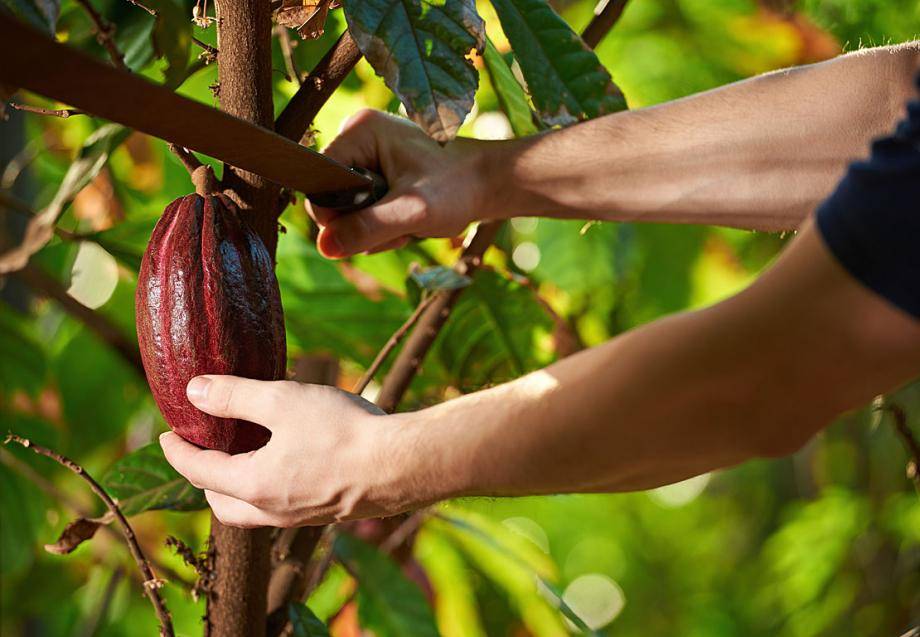
Ruby cocoa pods harvested in Ecuador, Brazil and Ivory Coast
The ruby cocoa beans
Like grapes for fine wines, cocoa beans are influenced by the terroir in which they grow. Ruby cocoa beans are grown in Ecuador, Brazil and Ivory Coast as they have similar environments. To find the right beans we developed a test that can identify if the sourced beans meet the required specifications to produce the 4th type of chocolate, ruby chocolate.
The ruby chocolate production process
To unlock the properties of the ruby bean and create ruby chocolate, the full production process from the cocoa bean to the ruby chocolate is carefully managed. Fermentation, temperature, conching time and the acidity level are key process parameters.
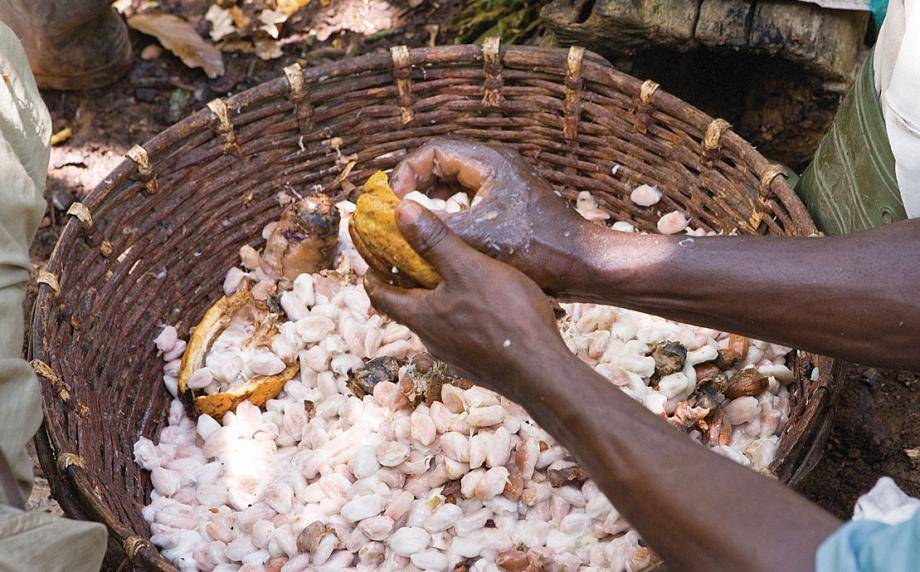
Cocoa farmers preparing the ruby cocoa beans for fermentation
A natural process
Like for any dark, milk and white chocolate, the unique processing is key. Chocolate does not grow by itself, it’s the processing of the ingredients that unlocks the colors and flavors that are naturally present in the beans. The same is true for ruby chocolate. We don't use any additives, all is included in the bean itself. This means the pink ruby color and fruity flavor of ruby chocolate is 100% natural.
The production of ruby chocolate cannot be called 'natural', simply because it’s not happening spontaneously in nature. This is the same for any other chocolate production. So to create ruby chocolate with its characteristic flavor and color, we bring natural ingredients together. No berry flavor, nor pink color or any other color is added!
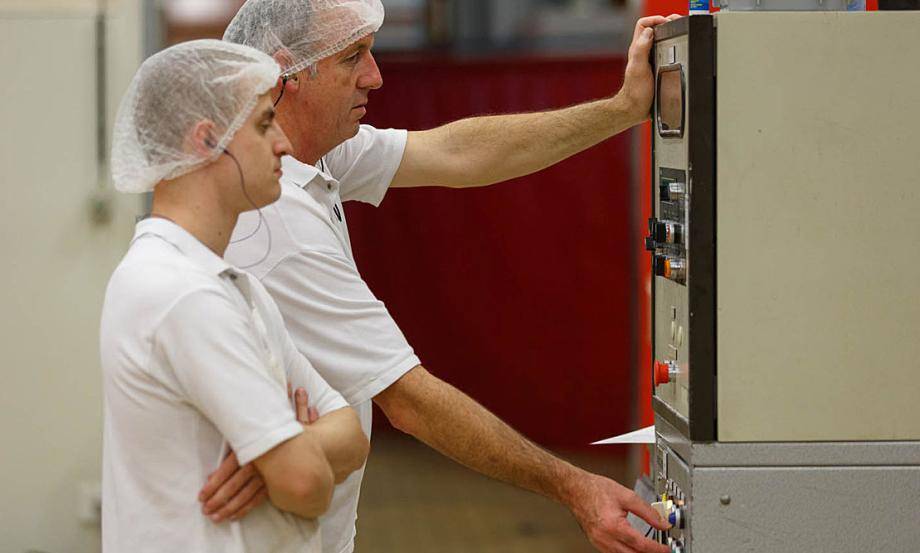
Reviewing the chocolate production process and recipe
Adding citric acid to ruby chocolate
To create ruby chocolate we use citric acid that is abundantly found in nature, in a variety of fruits and vegetables, like citrus fruits. Lemons and limes have particularly high concentrations of the acid.
Adding citric acid is happening all around us, in our own kitchens at home and in the food industry. At home, we add lemon juice, cream, vinegar to our recipes and applications to pronounce flavors and/or colors of the ingredients used during cooking.
Other process details are part of our trade secret which we cannot disclose. We prefer to treat these confidential.
Frequently Asked Questions about Ruby Chocolate
Is it really that color?
It all starts with the ruby bean – a naturally occurring cocoa bean found in traditional cocoa-growing regions like Ecuador, Brazil, and Ivory Coast. It’s not a new genotype, not GMO, and not tied to one origin or variety. What sets it apart? Only some beans naturally carry the ruby characteristics and identifying them requires precise selection and measurement — not just visual cues.
The magic of ruby chocolate lies in the careful selection of these special beans and the unique processing that brings out their naturally vibrant colour and flavour.
And here's what we’re most proud of:
- No added colorants.
- No fruit flavourings.
Just nature, craftsmanship, and the unique potential of the ruby bean.
How is RB2 different from RB1? How is it that the taste and colour are more intense as compared to RB1 even though the cocoa percentage is significantly lower?
We’ve spent over a decade unlocking the secrets of the ruby cocoa bean and RB2 represents the next step in that journey.
Thanks to advanced selection and refining techniques, we’ve enhanced the process to bring out even more of ruby’s natural intensity. The result?
- A more vibrant ruby colour
- A fruitier, tangier, and more intense taste — with sour notes that are brighter than ever before
You may notice a lower cocoa percentage on the RB2 label — but this is due to legal classification, not formulation. While RB1 was classified as "chocolate," RB2 is classified as "milk chocolate." In the EU, the cocoa percentage must be calculated based on what are known as "noble ingredients."
- For chocolate, noble ingredients include: cocoa mass, cocoa butter, cocoa powder, and sugar.
- For milk chocolate, noble ingredients include:cocoa mass, cocoa butter, cocoa powder, sugar, and milk.
This means that although RB2 contains more cocoa solids overall, the presence of milk in the calculation results in a lower cocoa percentage on the label compared to RB1.
